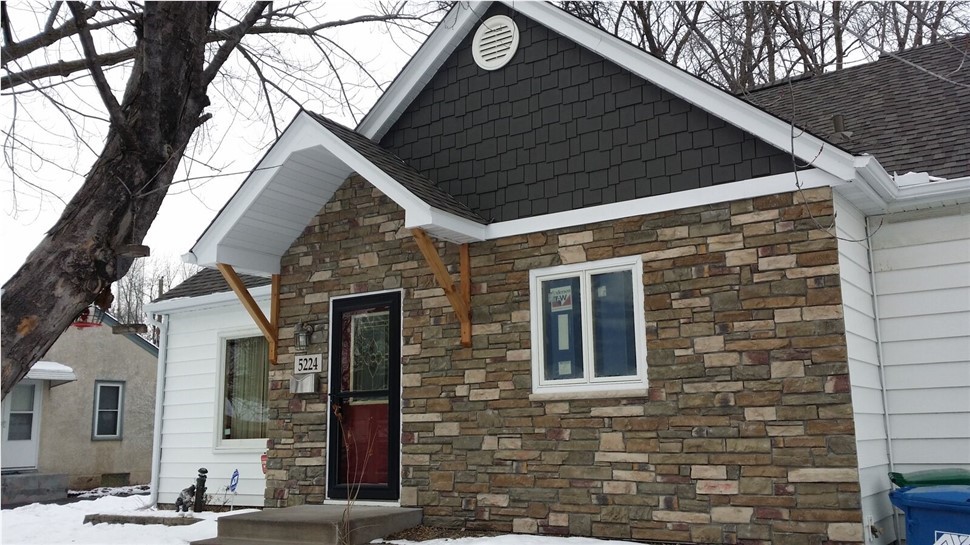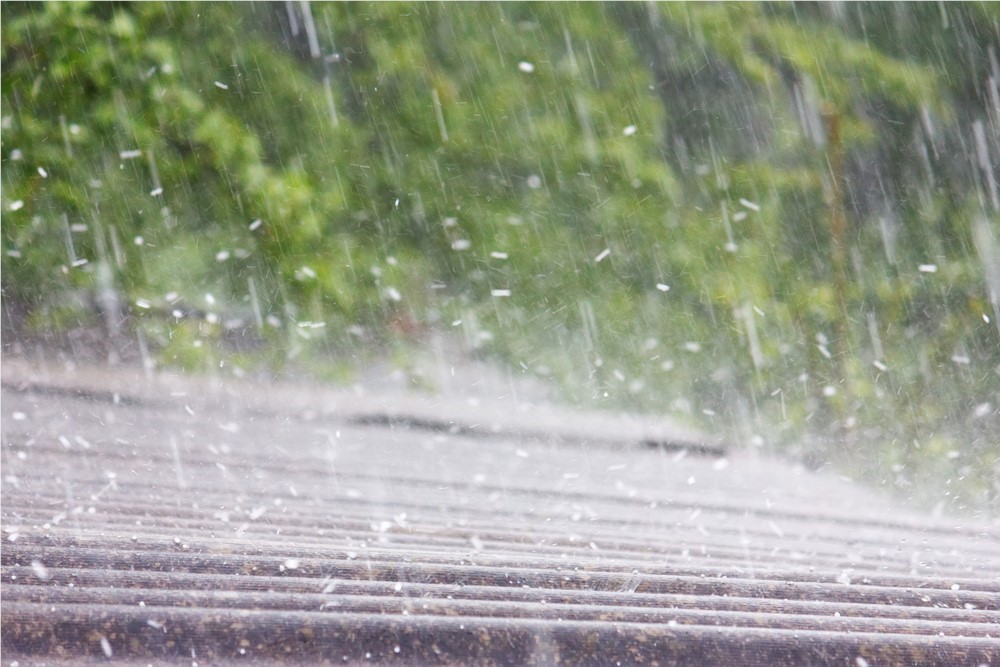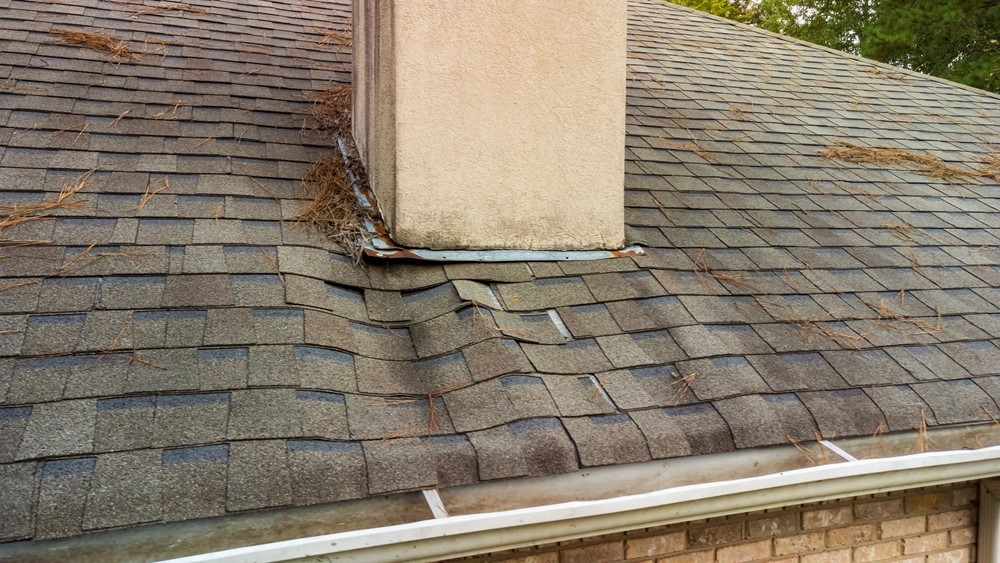Modern-day homeowners are always looking for ways that they can lower their energy costs while making their homes more efficient. One easy and highly effective way to do this is by replacing the windows inside a home.
Changing old windows out for new will bump up efficiency levels throughout the home, and those windows will make the house look nicer at the same time. But not all windows provide the energy efficiency you're looking for. Reading the NFRC label will allow you to make comparisons between the windows you're considering.
Also helpful is finding an experienced, licensed Minneapolis replacement window company who installs reliable products that will last. Here is some information to help you find the most efficient windows that you can.Understanding the NFRC Label
When buying new windows, check the sticker or label. The NFRC label gives you a quick overview of most of the important energy efficiency factors. The NFRC focuses on offering quality ratings for things like doors and windows. You can learn a lot about windows from their ratings, especially how energy efficient they can be. When looking at the ratings, you’ll see that a few very important characteristics are used to determine the final rating. Here’s an overview of those different points and why each one matters.- U-Factor – This is a measure of a window's ability to keep hot air from escaping the home to the great outdoors. It’s a vital figure for homes in our northern climate. You want a factor as low as possible when picking replacement windows. Look closely at this figure to help you decide.
- Visible Transmittance – Windows with high visible transmittance are very clear, and they let a lot of natural sunlight through. This light doesn’t heat the home, but it does light it up and makes it easy to see. Getting windows with a high visible transmittance ensures that you’ll be able to see without relying on artificial lights all the time.
- Air Leakage – Whether you are trying to keep your home warm or cool, air leakage is a bad thing. This measurement is how much air that can pass through your windows inside or out. You want the figure as low as it can be for the very best results overall.
- SHGC (Solar Heat Gain Coefficient) – Finally there is the SHGC, which is a measure of a window's ability to block out thermal energy (heat) that comes in sunlight. A window with a good SHGC rating, will help keep your home cool on hot summer days. It could also end up keeping your home from warming up well in the winter, though, so consider that figure depending on where you live as well as where in the home the windows are. For example, you want southern facing windows in rooms that get used during the day to let in as much thermal energy as possible for winter comfort.
Choosing the best energy-efficient replacement windows for your home should help lower your cooling and heating costs noticeably. You just have to take the time to make the right decision for your home. That means working with professionals like Quarve to help walk you through the decision. We are a licensed, professional Minneapolis window replacement company.
Subscribe to Quarve Contracting's Blog







Comments